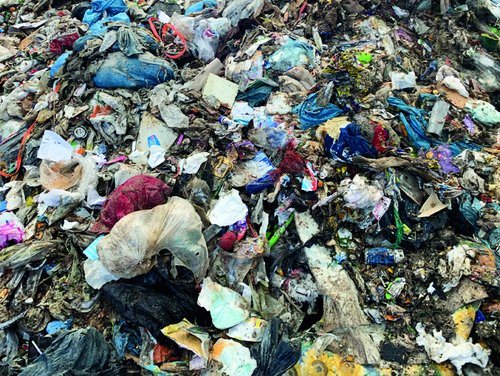bifa examined the delivered residual waste for the AVA

The calorific value, the water content and the chlorine content of the waste in particular, are significant for the life time of the incineration plant. Equally, the contaminant load of the material flows also plays an important role in the process. As literature values only were available to date for the characterisation of the residual waste quantity delivered, bifa was engaged to examine the delivered residual waste streams. To this end, in 2019, bifa examined a total of 18 chemical and 3 physical parameters of the delivered residual waste. The sampling took place during a period of high precipitation in winter as well as during a low-precipitation summer campaign. In each investigation period, 13 areas were sampled at vehicle level, corresponding to 425 Mg residual waste. The districts from which the waste comes were selected and analysed in a differentiated way, according to their settlement structure.
The sample preparation took place in a multi-stage process through to double and triple determination of the selected parameters in the laboratory. Some values were found to deviate substantially from the previously assumed literature values.
You want more information?
You are welcome to contact me:
Dr. Siegfried Kreibe
skreibe@bifa.de
![[Translate to Englisch:] Placeholder](/fileadmin/_processed_/f/4/csm_Header_Presse_d565a61df7.jpg)